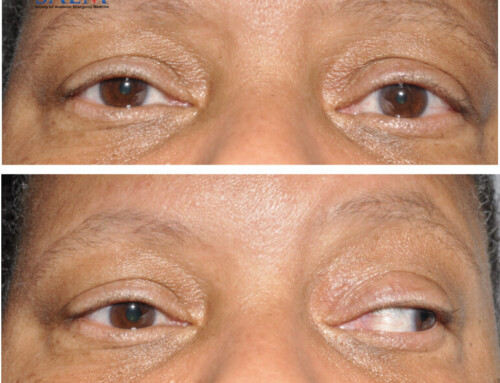
A 49-year-old male was triaged to the Fast Track area with complaints of an abrasion to the neck following an assault. The patient was attending a party with his family when “someone started shooting.” The patient believes some stucco or stone fragment from a brick wall struck him in the neck during the initial incident, but his primary concern was for his more seriously wounded family members. He now presents requesting “Neosporin.” His tetanus status is out of date.






